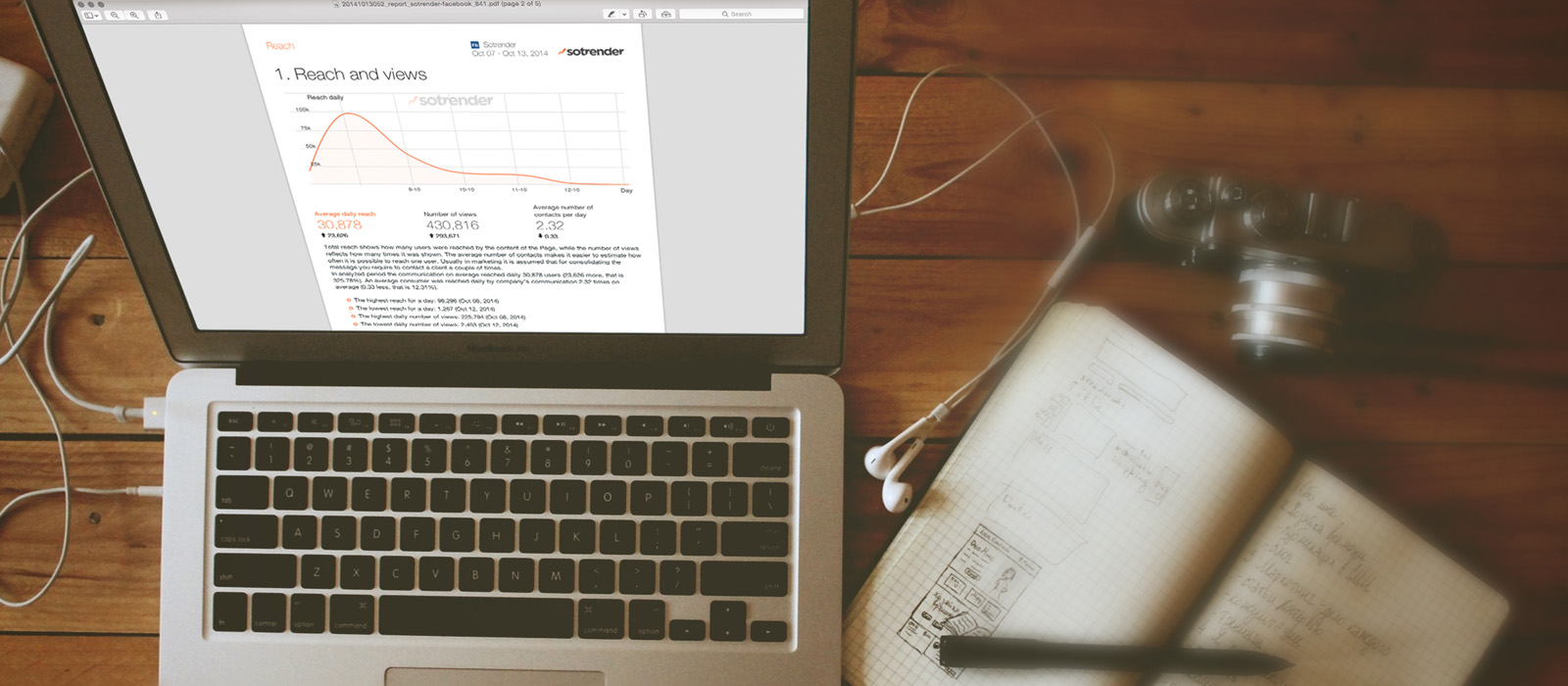Building a SaaS product, like Sotrender, requires constant updates and focus on quality and users’ satisfaction. Sometimes this means bigger changes, like e.g. recent introduction of customer service module. Yet there are also many small improvements and bug fixing (yes, we do find bugs, sometimes – who doesn’t? 😉 ). For example, a few days ago we introduced new date and time format. Why do we care about these small things that can make the use of Sotrender even better?
Clear information about timezone
We’re getting more and more overseas users. Just during last weeks we have acquired our first clients from Moscow, San Francisco and Mexico City and we started to work with our partner in Indonesia. Furthermore, some of big brands run campaigns accross different timezones.
Sotrender statistics enable to identify the precise time of activities, but we want users to be sure what time we are talking about. For this reason, in addition to hours, we also decided to add a code of the timezone.
You can define your timezone while setting your account or change it later in Settings > General:
New date and time format – striving to be clear
One more challenge after attracting clients and testers from various countries was the actual format of dates. For a user, it’s essential to be 100% sure what period he is analyzing, especially if it comes to a tool which, like Sotrender, enables analysis of any time frame.
Until now we were using the most common European format: Day-Month-Year. However, in USA the most common standard is Month-Day-Year and so our US users were often confused. Therefore, we needed an unambiguous and short solution. Currently, we’re using abbreviation of month, like “Apr 24, 2014”
Such changes may seem trivial, but due to many features and screens of Sotrender, they actually had to be introduced in code in several different places.
We’re looking forward to bring you the best Sotrender experience possible. If you have any ideas or comments, just email us at support@sotrender.com!












